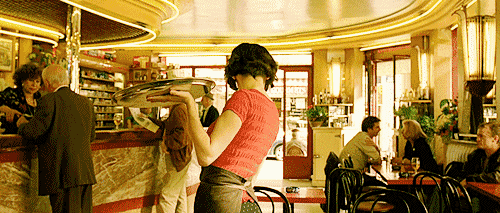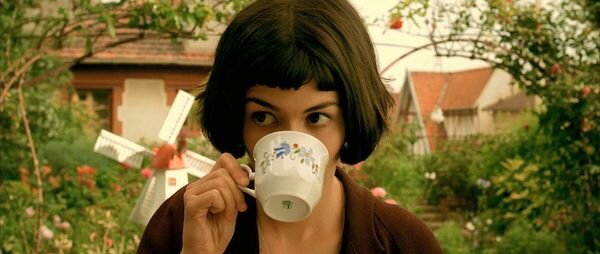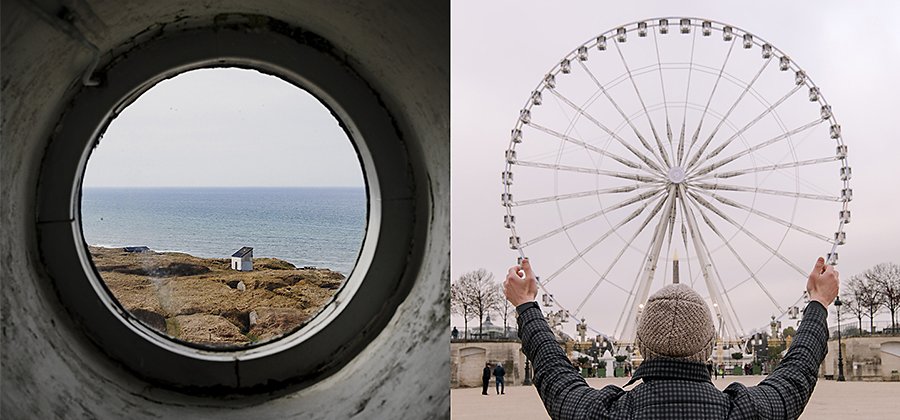Critical score: 10/10
The most memorable scene for me is the finale scene, specifically when Andrew slows the tempo down all the way and then back up again, alluding to the previous comments made by Fletcher.
Critical score: 10/10
The most memorable scene for me is the finale scene, specifically when Andrew slows the tempo down all the way and then back up again, alluding to the previous comments made by Fletcher.
I would give this movie a 9/10, the most memorable scene for me is the juxtaposition of how Fletcher talks to Andrew before he goes into class and then as soon as he’s in it he proceeds to mock him and use what he learnt about him against him.
Rating – 10/10
Memorable scene – I think that the most memorable scene was the last one. The build up of tension in the music, cinematography and editing was immaculate.

I rate the film 10/10 because of its acting, theme and story.
My favourite scene is the final scene, especially the close-ups between Andrew and Fletcher.
What’s depth of field?
The area of an image where the subject is within the perfect point of focus.
Shallow Focus?
Shallow focus shots feature sharply defined foreground figures and blurry backgrounds.
Deep Focus?
Where all elements of an image (foreground, middleground, and background) are all in sharp focus.
Shallow focus in Marie Antoinette

In this case shallow focus is used to signal a pivotal moment for the character, whilst focusing the audience’s attention solely on them and their reactions since they are the only subject in focus.
(Whip pan) Pan – Both left and right in The Grand Budapest Hotel

This effect of panning the camera shifts the audience’s attention from one character to another. In this case the shift is used to heighten the intensity of this scene as Dmitri chases Agatha as the audience are exposed to both Dmitri’s reactions and Agatha’s actions.
Tilt up in Jurassic Park

By using a Tilt up it emphasises the size of the dinosaur in comparison to humans, leading the audience to feel shocked and in awe due to the presence of the dinosaur.
Dolly Zoom in Jaws

The Dolly Zoom emphasises the panic and realisation felt by Martin Brody during the shark attack. It’s representative of the adrenaline rush and shock felt, leaving the audience feeling uneasy.
High Angle Shot in The Grand Budapest Hotel

The use of the high angle shot in this scene highlights the emptiness and loneliness of the hotel, whilst revealing that its grandness is now only superficial – as the hotel has deteriorated over time.
Worm’s eye shot in The Shining

By angling the camera to look up at Jack it implies that despite him being trapped he’s still in control over both his family and the audience. As he looms over the camera tension is created as the audience are seen as inferior to him and left at his mercy.
Birds eye shot in Fantastic Mr Fox

This emphasises the desperation the character feels in this scene and creates tension. This angle gives the audience power over the characters (foxes) representative of how the farmers (humans) in this scene also held power.
Chaotic:
Anally Tidy
What makes a good film? My favourite film, (right now), is 2001’s ‘Amelie’. The aspects of this film can define what makes a good film, and for me this is controlled by Cinematography; narrative and character/theme.
Cinematography
A good film has good cinematography. Cinematography can flesh out a narrative, describe a character and in short can convey pages of words worth of description with a few simple shots.


One scene Amelie is famous for is the skimming rocks scene. The Actor herself couldn’t skim rocks, so what you see is CGI- impressionnat, non?
As well, the camera is dynamic and smoothly moves over and infront Amelie as rocks are skimmed along the canal.
Lastly, a one point perspective keeps Amelie as the centre and accentuates the beauty of the Parisian Canal she skims stones in.

In this shot here, the camera distorts our depth of field and homes in on Amelie. This feels like a POV, and it is the introductory shot of our main protagonist. As she turns around, the accompaniment of ‘And in the next 48 hours, her life will be changed forever’, dramatizes this shot and stages it almost like a more relaxed action film. The framing of her centrally as well and her extra-diegetic gaze toward the audience makes her look angelic.
Overall we see how beautiful shots, with dynamic movement and framing, sets the charm of ‘Amelie’ and makes it a good film.
Narrative
A good narrative makes a film that isn’t boring. At all. Amelie is the story of, well, Amelie: and her life in Paris in 1997.
We follow her as she directly manipulates other people’s lives for the better.

Amelie’s first act of kindness is to return Mr Bretodeau’s childhood time capsule, where we recounts his memories of school and feels great nostalgia.

Eventually Amelie herself is given back everything she gave when she finds Nino, her boyfriend.
Amelie’s narrative is never depressing, and always wholesome. A good film doesn’t necessarily have to have a happy ending, but it does need a meaningful ending, such as Amelie’s.
Theme/Character
Theme and character is hard to define, but Amelie is a great example of this. When you sit to watch Amelie you are taken back to Paris in 1997.

This scene in the metro shows how colour and familiarity is used to create this theme. We see a Parisian metro, a map of Paris and huge extravagant billboards with Art-deco style posters on them. The colours are warm and vibrant, and there is a feeling of appreciation conveyed.

In this scene, colour and perspective accentuates beauty once again. Amelie is framed centrally and solely, she is at eye level as if we were speaking to her, and she is lit naturally. Behind her is a pretty little garden that is covered in flowers and greenery with a backdrop of cottage-like houses. This displays beauty once again, and allows the audience to take in Amelie and her surroundings.
To conclude, we have seen how Amelie is a film that displays the aspects of a good film perfectly, and conveys an emotion more than just a motion picture.
MATCH ON ACTION- a type of film transition that cuts from one shot to a closer shot in order to emphasize an action; for example when a fight is taking place the camera shots are closer to the characters faces or bodies.

GRAPHIC MATCH-links two scenes through the use of similar elements such as colour, aesthetic etc. Used to connect scenes normally to create meaning.

EYELINE MATCH- indicates what a character is seeing while also making their emotions clear to the audience and emphasizes them.
